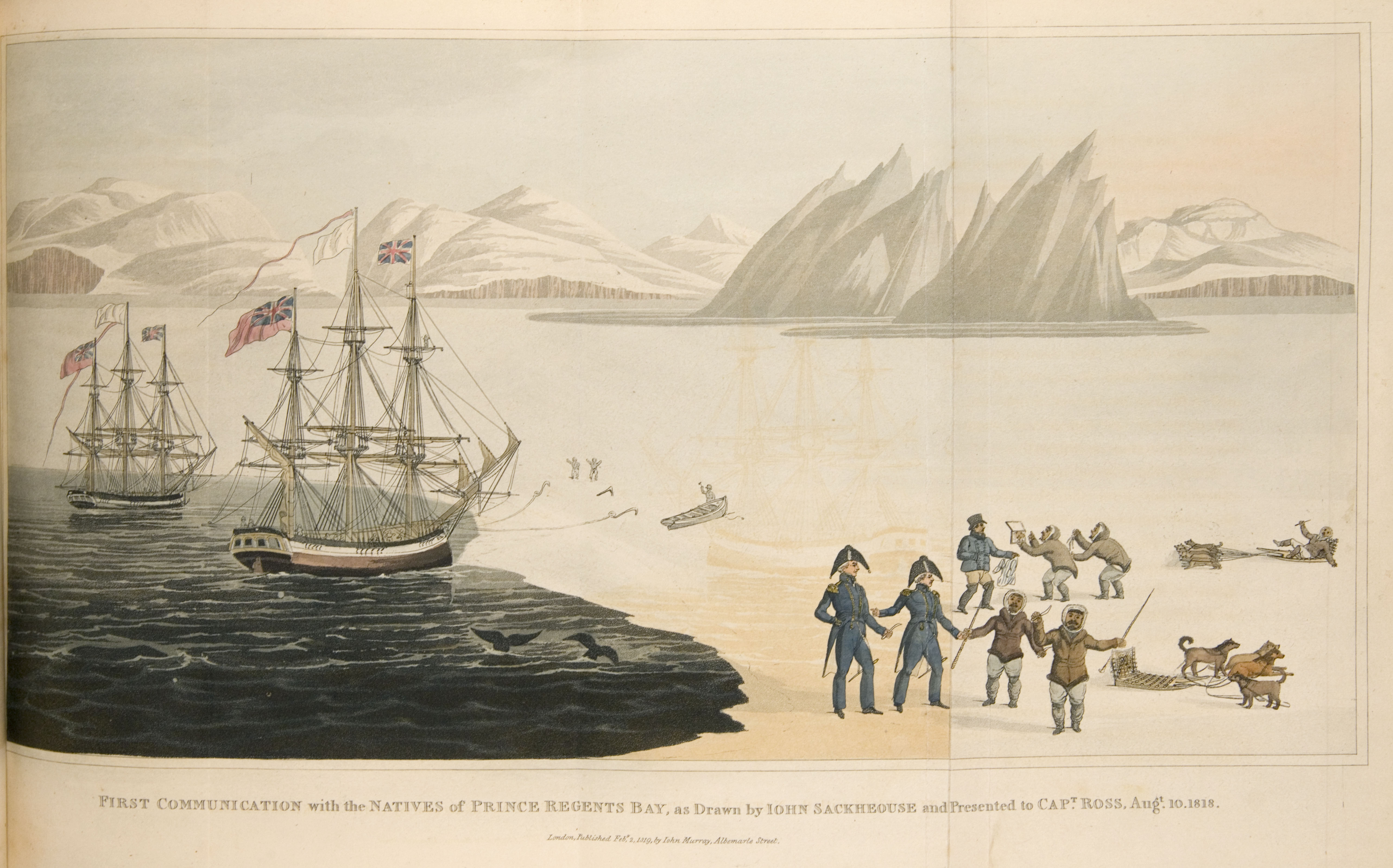
Wrangel Island lies in the Arctic Ocean 200 km N of the coast of eastern Siberia. Discovered in 1849, it was named in 1867 after Baron Wrangel, the Russian governor of Alaska. Though uninhabited, it served for 6 months in 1914 as a refuge for the crew of the Karluk, wrecked during the Canadian Arctic Expedition of that year. Members of the crew claimed the island for Canada, and the expedition's commander, Vilhjalmur Stefansson, who had never seen it, conceived the idea that it might become the centre of a northern empire - the base to the riches of the polar basin - and should be Canadian territory. In 1922 the Canadian government claimed the island, but after protests from the Soviet government the claim was quickly dropped.

 Share on Facebook
Share on Facebook Share on X
Share on X Share by Email
Share by Email Share on Google Classroom
Share on Google Classroom


